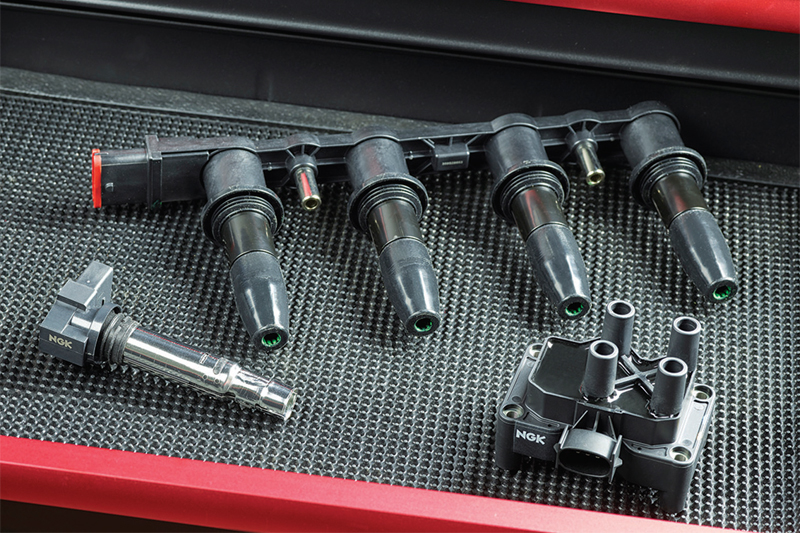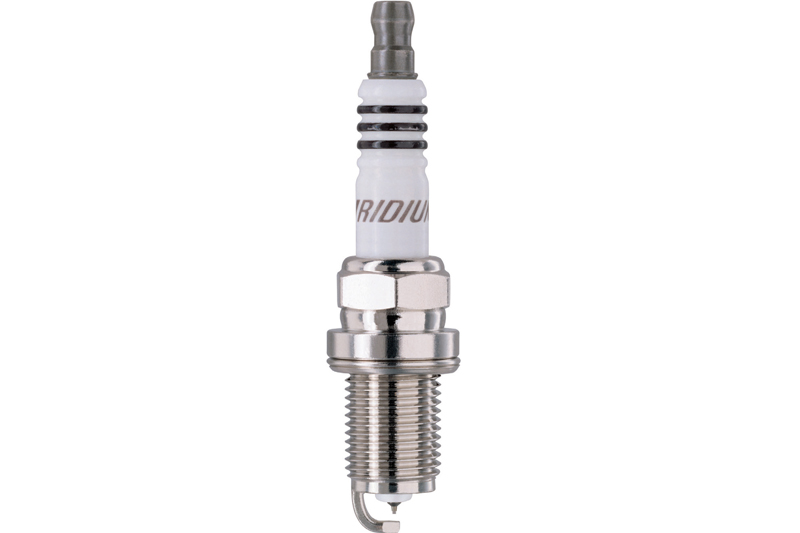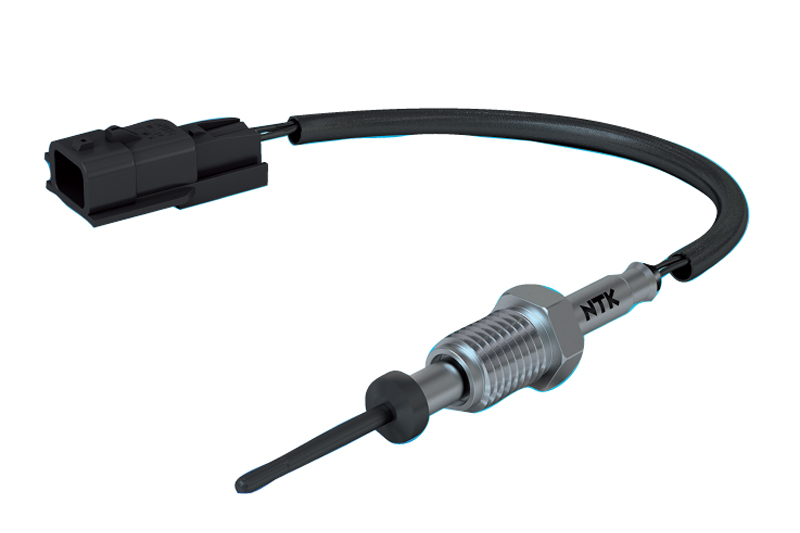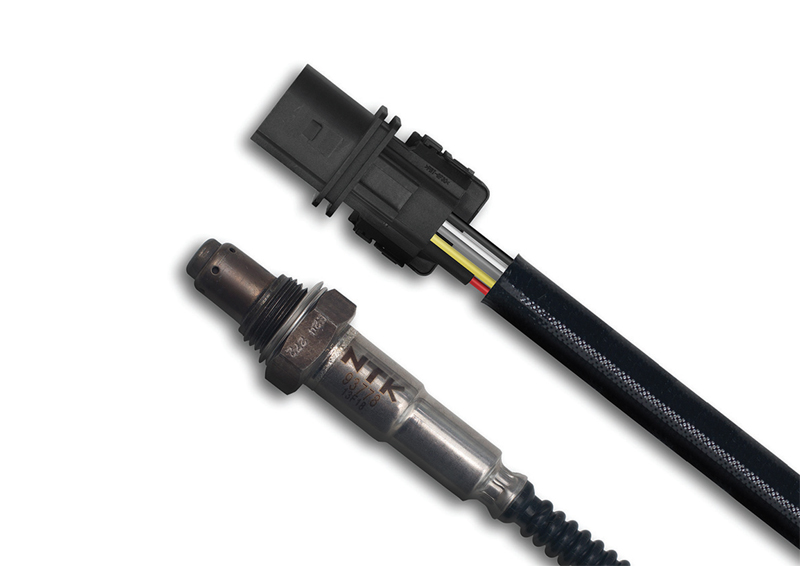
Ron Merralls, Assistant Technical Manager with ignition and sensor specialist NGK Spark Plugs, explains what common technician oversights the company is encountering in the aftermarket and some of the technical consequences.
Spark plugs
Not much can go wrong when fitting spark plugs – or can it? The most straightforward of tasks can sometimes become compromised, especially with all the different styles and plug configurations employed by vehicle manufacturers – coupled with a busy and often high pressure workshop environment.
Upon plug removal, ensure any debris that may have accumulated around the plug is blown out with an airline – this avoids anything entering the cylinders which can cause damage. Modern parts look-up systems (via the vehicle registration number) make obtaining parts a lot easier. A technician would usually now be used to plugs being supplied for a vehicle prior to seeing the old plugs. Should the old plugs be removed prior to receiving the new ones, always retain the old ones for physical comparison to the new ones, to ensure visual compatibility for peace of mind.

Most modern vehicle plugs are supplied pre-gapped to the vehicle engine’s requirement. In those instances, always take a bit of time to look at each plug when removed from the box – in the unlikely event that the box has been opened prior to you receiving for some reason, and a plug has been dropped! Older vehicles or LPG equipped vehicles may still require electrode gap setting.
Anti-seize grease is not required to be used on NGK plug threads. If it is used, remember that lubricating any thread that has a dry torque value renders torque tables inaccurate – over tightening can result, which can damage plugs and alter their ability to transfer heat or ultimately breakage. Due to different thread diameters, gasket materials and designs, always torque to either the vehicle manufacturer’s specification or use NGK torque tables. Always check the individual NGK spark plug packaging box, which carries installation tightening advice.
Ignition coils/leads
Ignition leads and/or ignition coils are required to be removed upon spark plug replacement. To avoid damage, always adhere to the vehicle manufacturer’s advice. The sealing properties of the rubber boots are sometimes so immense, that removal can be problematic. Wherever possible, use proprietary tools designed for this task. Some ignition rail coils have threads provided for the insertion of a special tool – to ensure the assembly is not levered or twisted. Such action may result in removal, but could result in a misfire, should the internal structure of the coil become damaged. Prior to installation, always inspect the condition of the coil housing for any signs of cracks/voltage leakage, the rubber insulation boots for deterioration and for any corrosion of terminals. If in doubt, replace.

If there is a diagnosis of a coil failure on a vehicle, if possible, prior to removing the old coil, check for any advice leaflets that may be enclosed with a new coil. This may save time in working out firing orders for some block coils or prevent other issues. Some vehicle manufacturers recommend the application of dielectric grease inside plug rubber boots prior to installation. This helps eliminate any potential voltage flashover between the top terminal and the plug metal shell (hex). It can also offer easier removal in the future. If attending to a single on-plug coil failure, consider the best option which is to replace the set and discuss with your customer. If one has failed, another may well follow soon. It may save your customer breaking down with ‘the same problem’.
Lambda (oxygen) sensors
Lambda sensor positioning in the exhaust system has many descriptions throughout the automotive industry, which can differ from that read on fault diagnosis equipment. Sensor One is also known as regulating, front, upstream, pre-cat or upper. Sensor Two can be referred to by some as diagnostic, rear, downstream, post-cat or lower.
When recorded fault codes relate to the lambda sensor heater control, suspect the entire circuit. To eliminate the sensor, check there is a resistance reading between the two lambda sensor heater wires (most commonplace between many sensor manufacturers are the two white wires). No continuity confirms the element is broken. Ensure any reading is aligned within the vehicle manufacturer’s tolerance.
Sometimes a fault code can be read that correctly relates to an issue with the lambda sensor and replacing it can cure the issue. However, upon the removal of the sensor, closely inspect the inside of the connector for any oil contamination – however slight. On some vehicle models, it is known for an engine oil leak to allow oil to enter the wiring loom. This can then migrate to other areas of the loom via capillary action. It can hinder connections and the operation of lambda sensors. If not noted and attended to, a new sensor can become contaminated in a short time.

Exhaust gas temperature sensors (EGTS)
EGTs have become common place in modern engines for petrol as well as diesel. They are used by the vehicles mainly to prevent overheating of components within the exhaust system, often during regen cycles. For this reason, their position is often described on parts systems for the component they are protecting (e.g., Pre-Turbo, Pre-DPF etc).
When requesting a replacement EGT, always check carefully which one is required (there are very often more than one fitted) and exactly where it is installed into the exhaust system (e.g., in relation to turbo, cats, DPF, NOx trap), and ensure this information is passed on to the factor.
Although some may look the same (connector and lead length), they are likely to not be interchangeable. This is because there are two operating principles used: positive temperature coefficient (PTC, resistance increases as temperature rises) and negative temperature coefficient (NTC, resistance decreases as temperature rises). The factor may often refer to the vehicle manufacturer’s parts info, so they will be able to relate to what you are looking at under the vehicle and select the item in the described position on their screen.









